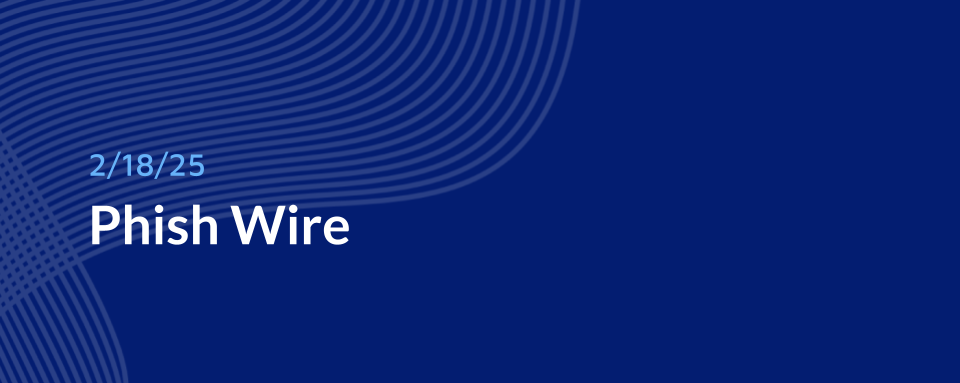There has been a significant increase in spearphishing activity as employees returned to work following the holidays and snow storms. This uptick includes sophisticated business email compromises, password-protected Google Docs shares, and attempts to target corporate credentials on personal email accounts. Additionally, there has been a rise in attacks related to Amazon. Here are some examples and highlights.
dcvnewsyr1[.]dcrdcoveris[.]top/
zn[.]pemitolax[.]ru/
ultracustomgroup[.]appsforcourt[.]com
shaftdrillers[.]appdocumentvault[.]com
r.bitualicar[.]ru
resonant-abaft-timpani[.]glitch[.]me
amy4standardelectricc[.]org
managesafety[.]zem[.]gjb[.]mybluehost[.]me
continuesignin-amznprime[.]makosi[.]com
manageaccounts[.]calcadosvip[.]com/
Password Protected Google Doc from Trusted Sender
A staff member at a Washington organization received a spearphishing email from a valid sender address at a partner educational organization. The spearphishing email contained a link to a password-protected Google Document file along with the password required to open the file.
.png)
Upon clicking the link, the staff member was directed to a Google Docs site and prompted to enter the password.

After entering the password, the user sees a ‘Secure Online Document’, prompting them to access via Microsoft PDF reader. Clicking this, in turn, led them to a zero-day credential harvester.
Attacks like this stand out because they incorporate numerous stealthy features. They involve a trusted mailbox at a partner organization that has been compromised. Like other widespread phishing campaigns delivered within Google infrastructure, this one is delivered via Google Docs. It further evades any mailbox security architecture by requiring a password to resolve the link. Only when a real user enters the password and clicks the PDF reader are they directed to the phishing page.
Corporate Credentials clicked outside Corporate Mailbox
Across organizations in Texas and Georgia, many phishing attacks got clicked that targeted corporate credentials but that failed to even leave a trace in the corporate mailbox. These were all likely clicked in the personal mailbox or other business collaboration applications. Many of these were hosted on Russian infrastructure and, based on the domain structure, were created using a common domain generation algorithm (DGA).

Since these are delivered outside the scope of corporate mailbox protection, they commonly go undetected for long periods of time by the community of security vendors.
Other notable tactics included emails with subjects referring to translating voice messages that mimic similar communications within their organization. We also saw a large uptick in Amazon phishing attacks targeting personal accounts on their work devices.
Mitigations
Add the specified domains to your block lists.
Focus awareness efforts on high-risk credentials.
Educate users that phishing in their personal email can pose serious risks to their organization.
Educate users that phishing attacks can be delivered via password-protected attachments as well as via legitimate Google infrastructure
